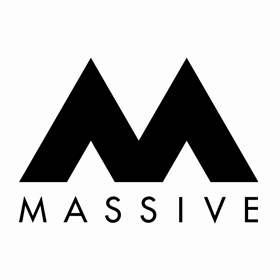
Marketing Strategies eCommerce Brands Should Utilise This Valentine’s Day
Valentine’s Day has become a huge day in eCommerce! Consumers all over the world are spending more on Valentine’s gifts every year. If you’re looking to set your brand or business apart from competitors, it’s important to use tried and …
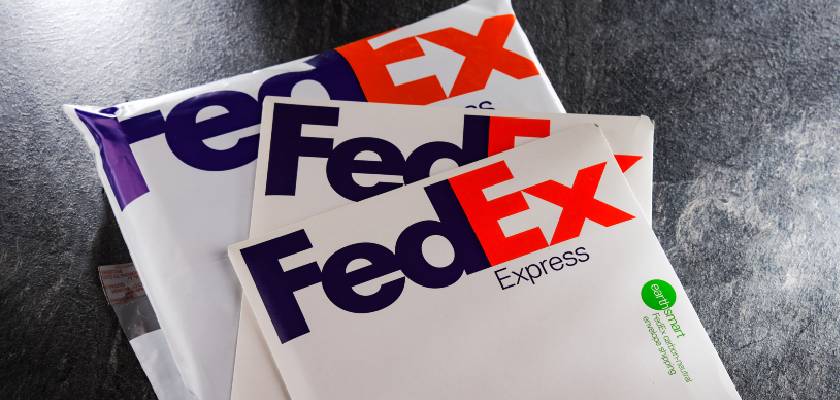
Click, Ship, Repeat: FedEx’s Digital Marketing Strategies
Remember Tom Hanks’ Cast Away? But imagine he’s facing an e-commerce jungle instead of a deserted island. His precious package? Not Wilson, but a million-dollar shipment with a next-day deadline. That’s the pressure FedEx operates under, and their marketing strategy …
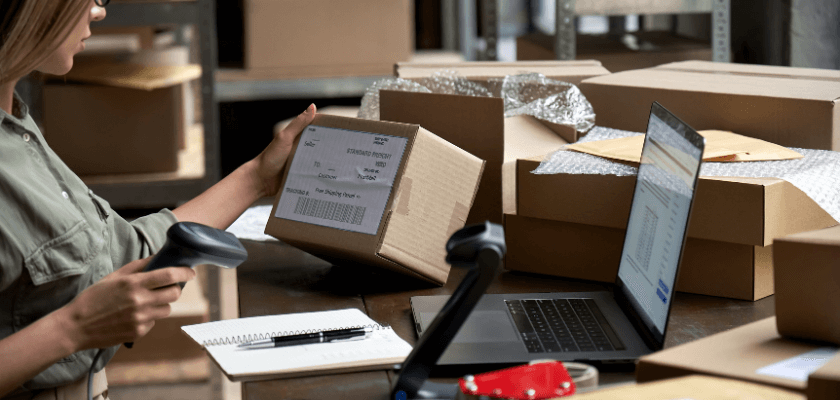
Free E-Commerce Sales Boost: Powerful Strategies You Can Start Using Today
Ready to supercharge your e-commerce sales without spending a penny? Perfect. Today, we’re going to explore some ingenious, cost-effective strategies that can dramatically enhance your online store’s presence and profitability. Forget about those hefty ad budgets; it’s time to harness …

Navigating the Future: 6 Strategies for Business Leaders in an Ever-Evolving E-commerce Landscape
The e-commerce landscape is constantly evolving. As we welcome B2C automation and a new demand for hyper-personalisation, the online selling industry continues to get harder to navigate. By 2026 the e-commerce market is expected to be worth a staggering $8.1 …

Inspiring eCommerce Branding Strategies with Examples
When diving into the world of eCommerce branding, the number of approaches can be overwhelming. But for digital marketers who know their stuff, it’s a treasure trove of shiny opportunities when solid eCommerce branding strategies are applied. The eCommerce space …
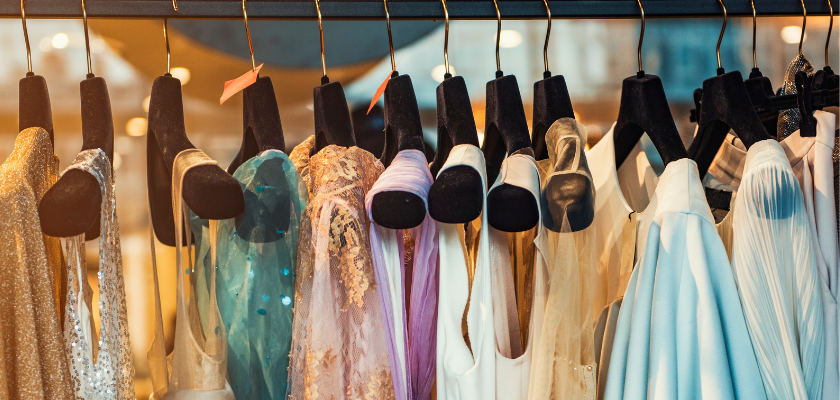
7 Inspiring Fashion eCommerce Web Design Examples
Is your fashion eCommerce web design catching eyes for all the right reasons? It should be doing so. As in the fashion game, where style is everything, your site’s design is super crucial for your brand’s fame and fortune. Think …

Crafting Your Black Friday Marketing Strategy (2023) : How to Win Big
As the holiday shopping season approaches, Black Friday is poised to be a major sales event once again. According to Salesforce, 63% of consumers plan to shop on Black Friday in 2023, highlighting the significance of this event for businesses …

Inspiring B2B eCommerce Strategies and Examples from Agencies
B2B eCommerce is a powerful force in the world of digital commerce. As more businesses shift their purchasing processes online, the need for effective B2B eCommerce strategies has never been greater. Businesses are changing the way they work and connect. …
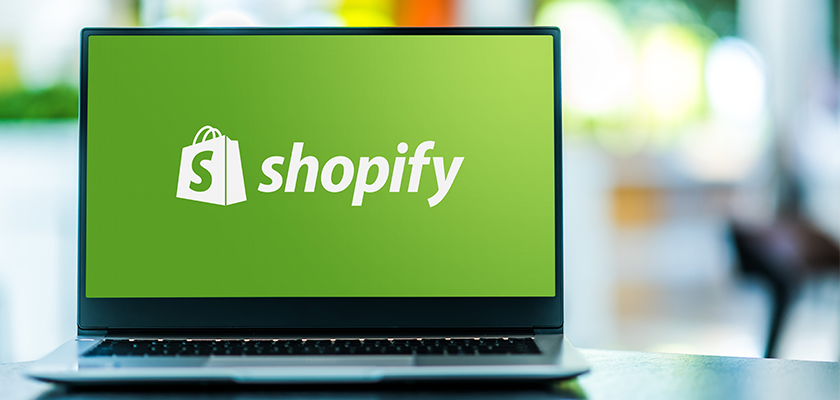
Shopify AI Tools & Plugins to Boost Your Store
In the ever-evolving world of e-commerce, staying ahead of the competition requires innovation and adaptability. That’s where Shopify AI tools and plugins come into play, revolutionizing the way store owners and Shopify agencies operate and enhancing the overall shopping experience …
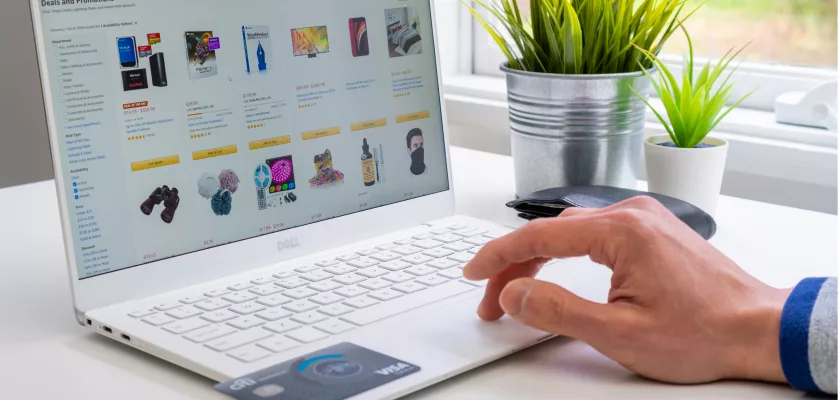
E-Commerce Excellence: Streamlining Product Listings for Better Sales
Online shopping is now more bustling than ever as digital stores draw your attention. But there is a hidden hero in this fuss: a seamless, easy eCommerce experience, of course! So what makes this possible? At this point, streamlined product …

Creative Influencer Marketing Case Studies for E-commerce Brands
E-commerce brands investing in increasing brand awareness while promoting new products to new audiences have used influencer marketing for years as a bold part of their digital marketing & social media strategy. What’s more, we know that well-known brands such …

How To Design An eCommerce Marketing Plan For 2023
There are hundreds of ways to write this article, and still, I would miss out many things because the subject is humongous! Designing an eCommerce marketing plan is crucial for online stores. So, I’m going straight to the practical side …






